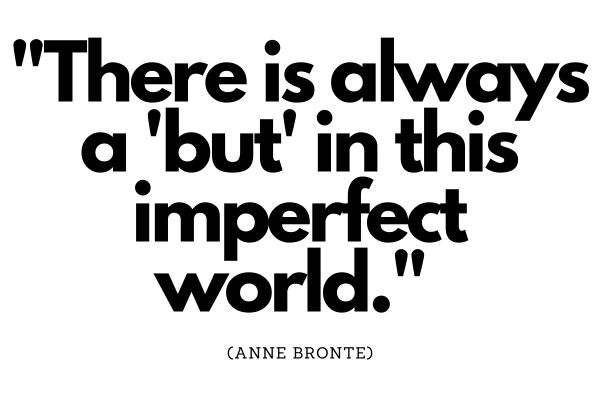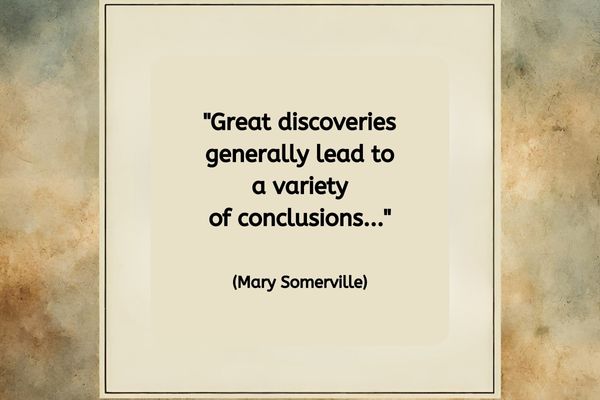Navigating Challenges in Coaching and embracing imperfection

Today’s quote is:
“There is always a ‘but’ in this imperfect world.” (Anne Bronte)
Coaching, to me, is about guiding someone towards their true self. This quote resonates with me because it applies to coaching as well. There will always be hurdles to overcome, challenges to face, and uncertainties to navigate. But it’s how we deal with these ‘buts’ that truly define us.
I don’t get disgruntled if a client has a “but” response to a question or story. To me, it’s just an indication of how the world looks to them. It often reveals what’s getting in their way. I prefer honest, real answers rather than what a client thinks they “should” say or what I want to hear. That’s where we can actually move forward.
Each ‘but’ presents a chance to delve deeper, explore new perspectives, and discover untapped potential. It’s through facing these challenges that we inspire, motivate, and empower those we coach. In my previous role as a corporate trainer, we often looked at objection handling as something to be overcome. Now, it’s more of a discussion between two willing participants about what the situation looks like to them.
What stands out in this quote is the acknowledgment of life’s inherent imperfections and the recognition that they are an integral part of the coaching process. It reminds us that perfection is not the goal; rather, it’s the continuous pursuit of growth and development that defines our success as coaches. In fact, an expectation of perfection can often keep someone stuck from taking any action whatsoever. That doesn’t mean that we can’t strive to improve our skills, but we can relieve any pressure from expecting everything to be perfect every time.
So, let’s embrace the imperfections, the ‘buts’ of coaching, and use them as fuel to propel ourselves and our clients forward. Let’s embrace the challenges, knowing that they are the stepping stones to greatness. Together, let’s navigate this imperfect world with courage, compassion, and unwavering determination.
What resonates with you in this quote? How do you approach the ‘buts’ in your coaching practice? Share your thoughts and insights in the comments below.
About Jen Waller

Jen Waller is on a mission to support, nurture and encourage coaching skills and talents from non-coach to coach and beyond.
As an experienced coach and trainer Jen is happy to utilise all skills at her disposal to assist clients from getting out of their own way and making a difference in the world with their coaching. Find out more about the support Jen offers here.

